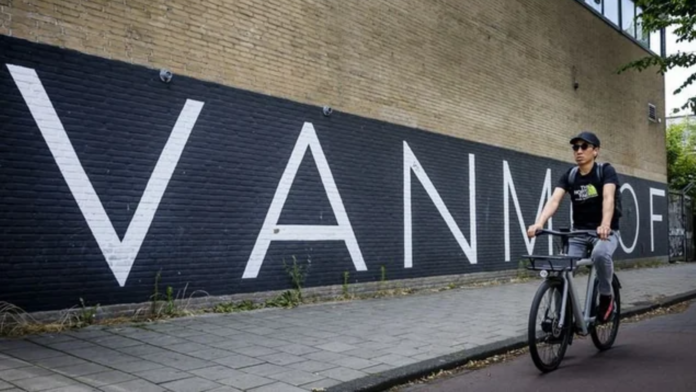VanMoof, the e-bike startup that recently faced bankruptcy, has found a lifeline through its acquisition by Lavoie, a company that specializes in electric scooters. This move comes as a surprise and a relief for VanMoof and its loyal customer base. Lavoie plans to invest in the brand and relaunch the business, offering services to existing customers and utilizing some of VanMoof’s unreleased technology. Although the price paid for the acquisition is said to be in the “tens of millions” of euros, it represents a drastic drop from VanMoof’s previous valuation. With this acquisition, Lavoie aims to tap into the innovative design and loyal customer base of VanMoof, allowing it to strengthen and expand its own e-mobility business.

Background Information
VanMoof acquired by Lavoie for ‘tens of millions’ of euros
In a surprising turn of events, VanMoof, the e-bike startup that recently faced bankruptcy, has made a remarkable comeback. Lavoie, a renowned electric scooter manufacturer, has acquired VanMoof out of administration. The acquisition was made for ‘tens of millions’ of euros, a substantial decrease from VanMoof’s previous estimated valuation of up to $768 million. With this acquisition, Lavoie aims to invest in VanMoof’s brand and relaunch the business, while also providing services to VanMoof’s existing customers.
VanMoof skidded into bankruptcy
Prior to its acquisition by Lavoie, VanMoof faced financial difficulties that forced them into bankruptcy. Despite raising over $200 million as an independent startup, VanMoof struggled with expensive repairs and servicing burdens. Around one in every ten bikes was being sent back by customers, resulting in significant financial losses for the company. Additionally, the glitches and subsequent servicing burden made it tedious and costly for VanMoof to maintain and repair their custom-designed bikes. These challenges, combined with the current climate for fundraising, led to VanMoof’s bankruptcy.
Lavoie is an electric scooter manufacturer
Lavoie, a division of McLaren Applied, specializes in manufacturing electric scooters. As a subsidiary of Greybull Capital, Lavoie focuses on developing and expanding its urban mobility business. Their premium scooter model, the Series 1, was launched in December last year. Like VanMoof, Lavoie’s products are priced at a premium compared to other electric devices on the market. With the acquisition of VanMoof, Lavoie hopes to strengthen its position in the e-mobility industry and tap into the leadership of independent technology pioneers from McLaren Applied.
Lavoie plans to invest in VanMoof’s brand and relaunch the business
With the acquisition of VanMoof, Lavoie aims to revitalize the brand and relaunch the business. Lavoie recognizes the potential of VanMoof’s next generation of e-bikes, smart technology, innovative design, and loyal customer base. Their commitment is to continue supporting VanMoof’s existing customers and keep them on the road while stabilizing and efficiently growing the VanMoof business. Moreover, Lavoie intends to further develop VanMoof’s world-class products and expand its range of offerings.
Lavoie paid a price in the ‘tens of millions’ of dollars
The acquisition of VanMoof by Lavoie came at a price in the ‘tens of millions’ of dollars. This significant investment showcases Lavoie’s confidence in the potential of VanMoof’s brand and products. The amount paid by Lavoie represents a substantial decrease from VanMoof’s previous estimated valuation, indicating the impact of VanMoof’s financial struggles.
VanMoof’s previous estimated valuation was between $512 million and $768 million
Before facing bankruptcy, VanMoof’s estimated valuation ranged between $512 million and $768 million. This valuation highlighted the market’s perception of VanMoof as a highly valued and promising e-bike startup. However, the financial challenges and servicing burdens ultimately resulted in a significant decrease in VanMoof’s value, leading to its acquisition by Lavoie for a considerably lower price.
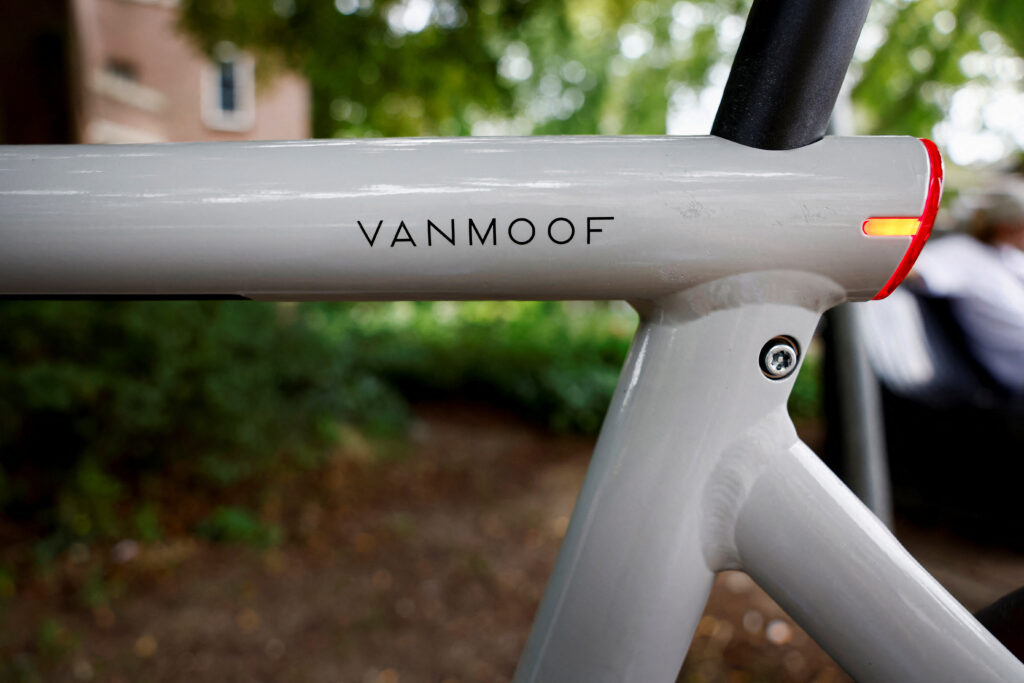
VanMoof’s Remarkable Save
VanMoof raised over $200 million as an independent startup
As an independent startup, VanMoof managed to raise more than $200 million in funding. This significant capital injection allowed VanMoof to establish its operations and develop its vertically-integrated model. With these funds, VanMoof aimed to design and manufacture its e-bikes, create an intuitive app to enhance user experience, establish an online store and physical retail locations for distribution, and build a network for servicing and maintenance.
Vertically-integrated model and key features of VanMoof
One of VanMoof’s distinguishing factors was its vertically-integrated model. VanMoof took control of the entire value chain, from design to distribution and after-sales service. This approach allowed VanMoof to ensure consistent quality control and provided them with valuable insights into customer preferences.
In addition to its integrated model, VanMoof’s e-bikes boasted impressive features. With a sleek and modern design, VanMoof bikes quickly became a symbol of urban transportation. The incorporation of smart technology allowed riders to optimize their bike’s performance through the accompanying app. These key features and innovative design contributed to VanMoof’s popularity and its ability to attract a large customer base.
Expensive repairs and servicing burden
Despite its initial success and popularity, VanMoof faced significant challenges in terms of repairs and servicing. The glitches and technical issues experienced by customers resulted in a high number of returns. Every one out of ten bikes was sent back by dissatisfied customers, causing additional financial strain for VanMoof. Furthermore, the cost of repairs and maintenance was substantial, leading to financial losses for the company.
One in every 10 bikes being sent back by customers
VanMoof’s customer returns were alarmingly high, with approximately one in every ten bikes being sent back due to various issues. This high return rate not only impacted VanMoof financially but also affected its reputation and customer satisfaction. VanMoof’s inability to address these problems effectively contributed to its financial struggles and eventual bankruptcy.
VanMoof’s financial losses and reasons for bankruptcy
The combination of expensive repairs, servicing burdens, and a high return rate significantly impacted VanMoof’s financial performance. In 2021 alone, VanMoof incurred approximately $9 million in repair costs. These expenses, along with other costs, resulted in a loss for the company. The dire business model, compounded by the challenging fundraising climate, ultimately led to VanMoof’s bankruptcy.
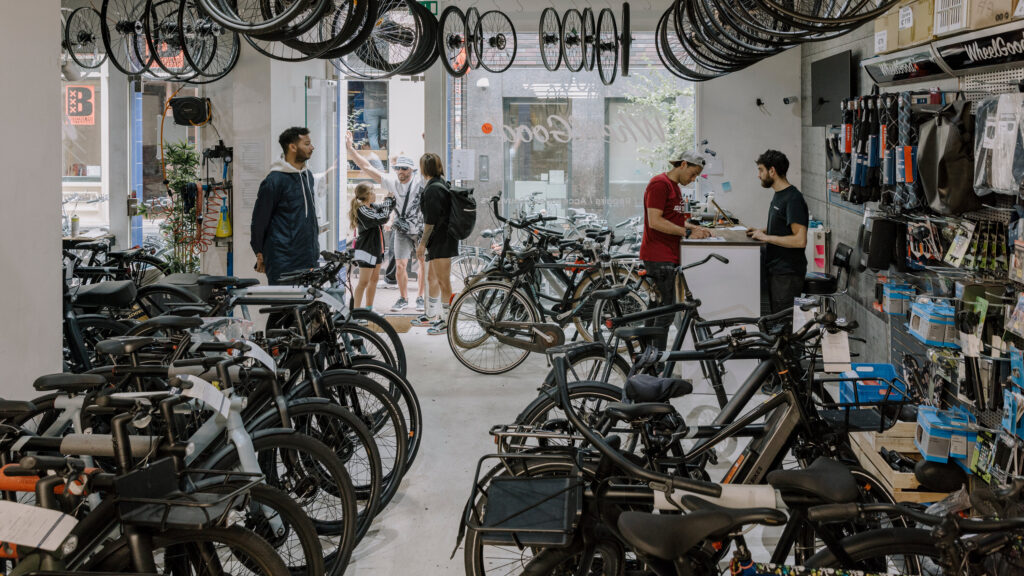
Lavoie’s Acquisition Strategy
Background of Lavoie as a division of McLaren Applied
Lavoie, a division of McLaren Applied, has a background rooted in the automotive and technology industries. McLaren Applied was formerly part of the McLaren Group, known for building parts for high-performance vehicles such as the McLaren F1. Following divestment during the lean years of the Covid-19 pandemic, McLaren Applied is now wholly-owned by Greybull Capital.
Lavoie’s plans to build out its urban mobility business
With the acquisition of VanMoof, Lavoie aims to strengthen and expand its urban mobility business. By tapping into VanMoof’s brand and incorporating the next generation of e-bikes and smart technology, Lavoie seeks to transform the way people travel in congested cities. The acquisition aligns with Lavoie’s strategy to offer a range of premium e-mobility products that redefine the category and provide active and enjoyable alternatives for urban transportation.
Lavoie’s first and only scooter model
Lavoie’s entry into the electric mobility market started with the launch of their first and only scooter model, the Series 1. This premium scooter offering was introduced to cater to consumers seeking high-quality electric transportation options. Lavoie’s focus on delivering superior products aligns with its commitment to manufacturing premium e-mobility solutions.
Lavoie’s premium pricing strategy
Similar to VanMoof, Lavoie adopts a premium pricing strategy for its products. The Series 1 scooter is priced at $2,400, positioning it at the higher end of the electric scooter market. Lavoie’s pricing strategy reflects their focus on delivering quality, advanced features, and a superior user experience to consumers willing to invest in premium electric mobility solutions.
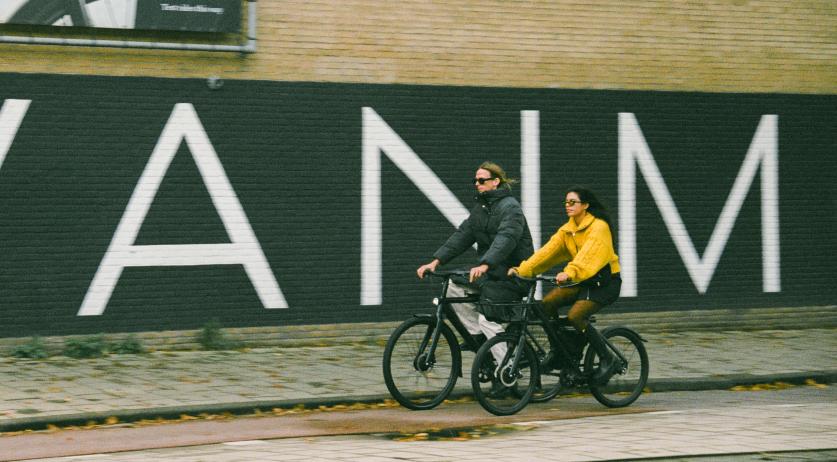
Logistical Considerations
Relocation plans for VanMoof’s headquarters
As part of the acquisition deal, there may be relocation plans for VanMoof’s headquarters. Although it is too soon to say definitively, the possibility of moving VanMoof’s headquarters from Amsterdam to London has been considered. Relocation could provide strategic advantages for VanMoof under Lavoie’s ownership, leveraging McLaren Applied’s expertise and resources in the United Kingdom.
Status of VanMoof co-founders in the deal
The involvement of VanMoof’s co-founders, the Carlier brothers, in the deal is currently unknown. The announcement of the acquisition did not mention the plans regarding their future roles within the company. However, it is common for co-founders to play a significant role in the transition and growth period following acquisition. As the deal progresses, more information about the Carlier brothers’ involvement may come to light.
Transition from direct physical retail to third-party distribution model
One notable change resulting from the acquisition is the transition from VanMoof’s direct physical retail model to a third-party distribution and repair model. Under Lavoie’s ownership, VanMoof is restructuring its retail and servicing operations. Instead of operating its own physical stores and repair centers, VanMoof will rely on third-party partnerships for distribution and maintenance services. This transition could potentially lead to greater efficiency and cost-effectiveness for VanMoof.
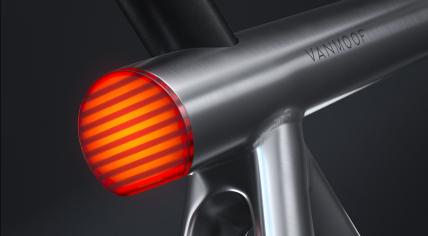
Lavoie’s Vision for the Future
Acquisition’s role in strengthening Lavoie’s e-mobility business
The acquisition of VanMoof plays a pivotal role in strengthening Lavoie’s e-mobility business. Lavoie aims to harness VanMoof’s brand value, customer base, and innovative product offerings to drive its own growth in the industry. By combining the strengths of both companies, Lavoie can position itself as a leader in manufacturing premium e-mobility products.
Transforming urban mobility with active and enjoyable travel
Lavoie’s vision for the future revolves around transforming urban mobility by providing active and enjoyable travel options. Through VanMoof’s next generation of e-bikes, as well as Lavoie’s existing and forthcoming scooter models, Lavoie seeks to change the way people navigate congested cities. By providing sustainable and engaging transportation solutions, Lavoie aims to create a positive impact on urban mobility.
Accelerating global growth and product/service expansion
Lavoie’s acquisition of VanMoof serves as a catalyst for the company’s global growth and expansion plans. With VanMoof’s established presence and loyal customer base, Lavoie gains an immediate foothold in key markets. This acquisition allows Lavoie to accelerate the development and expansion of its product offerings and service capabilities, further solidifying its position as a leading player in the e-mobility industry.
In conclusion, VanMoof’s acquisition by Lavoie marks a remarkable turn of events for the e-bike startup. Despite facing financial difficulties and bankruptcy, VanMoof’s brand and innovation attracted the attention of Lavoie. With a focus on strengthening its e-mobility business and transforming urban transportation, Lavoie sees substantial potential in VanMoof’s products and loyal customer base. By combining their respective strengths, Lavoie and VanMoof aim to accelerate their growth, deliver exceptional products and services, and redefine the future of urban mobility.

